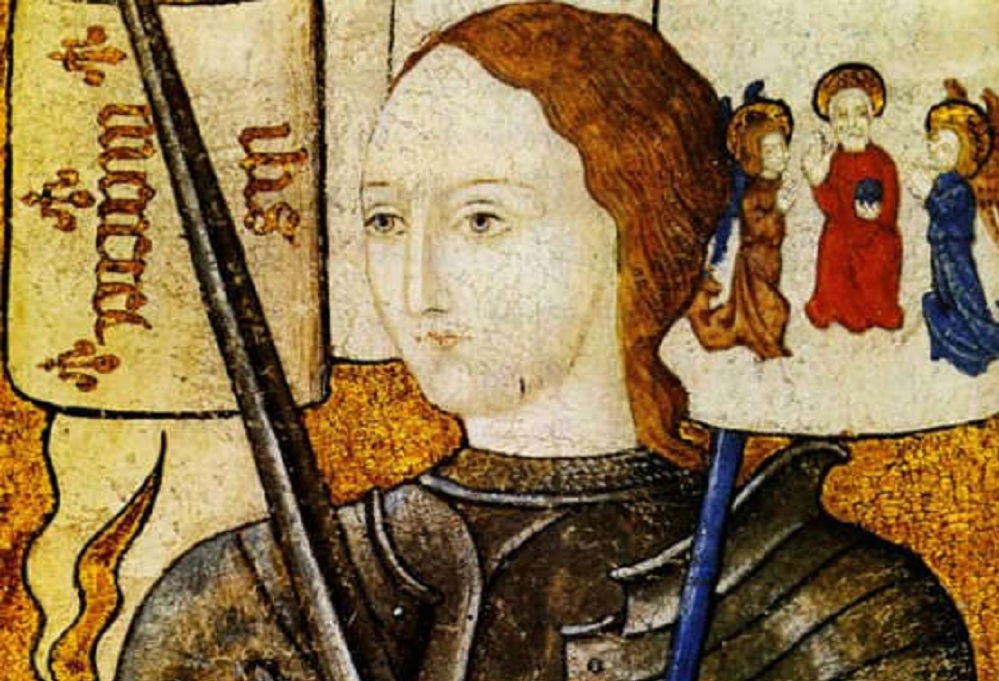When discussing medieval history, few figures are as compelling as King Baldwin IV of Jerusalem. Known as the Leper King, Baldwin IV's reign is a tale of resilience, bravery, and strategic brilliance despite his debilitating illness.

History / Born in 1161, Baldwin IV was the son of Amalric I of Jerusalem and Agnes of Courtenay.
From an early age, he exhibited remarkable intelligence and curiosity. He was educated by the historian William of Tyre, who later documented Baldwin’s life in great detail. It was William who first noticed Baldwin’s inability to feel pain in his arm, an early sign of leprosy.
Despite the diagnosis, Baldwin remained determined and active. He showed an early aptitude for leadership and military strategy, essential traits for a future king. His education was comprehensive, preparing him for the complex responsibilities of ruling a crusader state in a volatile region.
The Ascension of King Baldwin IV to the Throne
Baldwin IV became king in 1174, at just 13 years old, following the death of his father. His youth and illness prompted concerns about his ability to rule, but Baldwin quickly proved his mettle. He surrounded himself with trusted advisors and maintained a strategic focus on defending Jerusalem from external threats.

The News / Baldwin became the king of Jerusalem in 1174 when he was just 13!
Despite his illness, Baldwin IV demonstrated remarkable leadership. He navigated complex political landscapes, forged alliances, and prepared his kingdom for inevitable conflicts. His reign was marked by continuous efforts to strengthen Jerusalem’s defenses and ensure its survival amid growing hostilities from neighboring Muslim states.
Military Achievements and Tactics of the Leper King
One of his most notable victories of King Baldwin IV was the Battle of Montgisard in 1177, where his forces, though heavily outnumbered, decisively defeated Saladin’s army. This victory was a significant morale booster for the Crusaders and a testament to Baldwin’s strategic acumen.
However, Baldwin’s military campaigns were characterized by bold tactics and an unyielding determination to defend his kingdom. Despite his physical limitations, he often led his troops in person, inspiring them with his presence and leadership. His ability to win battles against formidable opponents, even while suffering from leprosy, solidified his reputation as a formidable warrior king.
Personal Struggles and Legacy
King Baldwin IV's reign was not without personal struggles. His illness isolated him, limiting his social interactions and affecting his personal relationships. However, his resilience and dedication to his duties remained unwavering. He worked tirelessly to secure his kingdom’s future, despite knowing his time was limited.

The Talks / Baldwin IV's leadership during a tumultuous period ensured the survival of the Kingdom of Jerusalem for several more years.
His story continues to inspire. It illustrates the power of determination and courage in the face of overwhelming odds. Baldwin IV’s life and reign exemplify the spirit of medieval kingship, marked by both glory and suffering.
End of Reign and Succession
As Baldwin’s health deteriorated, he faced the critical task of ensuring a stable succession. He appointed his sister Sibylla’s son, Baldwin V, as co-king to secure the throne’s continuity. His decision reflected his deep concern for his kingdom’s future stability and prosperity.
King Baldwin the 4th died in 1185 at the age of 24, leaving a legacy of bravery and leadership. His short but impactful reign left an indelible mark on the history of Jerusalem. Despite his illness, Baldwin IV managed to uphold his kingdom’s sovereignty and inspired future generations with his fortitude and strategic mind.




